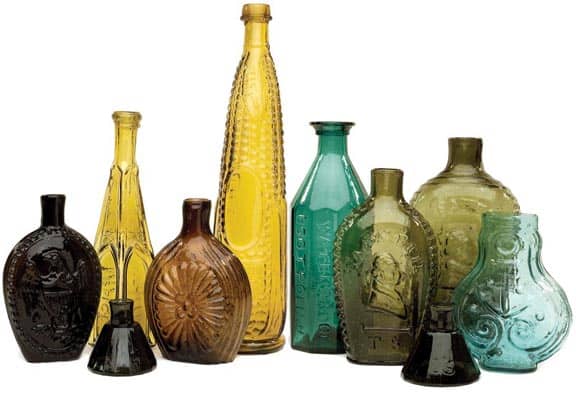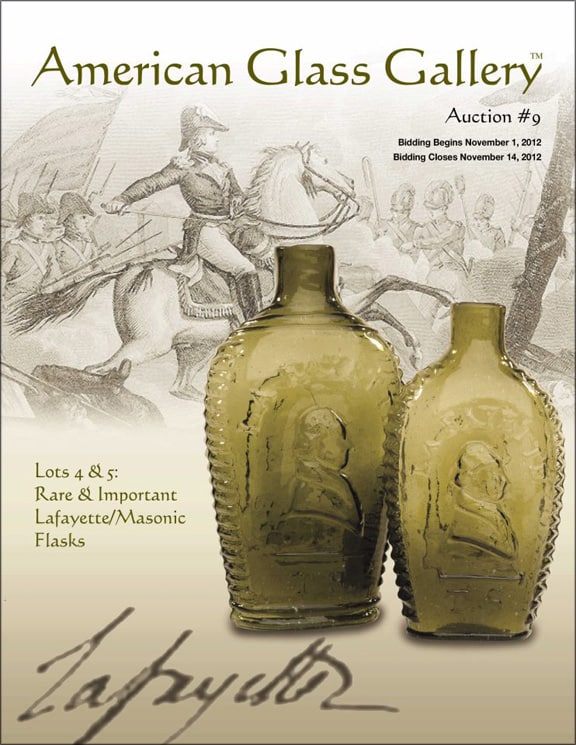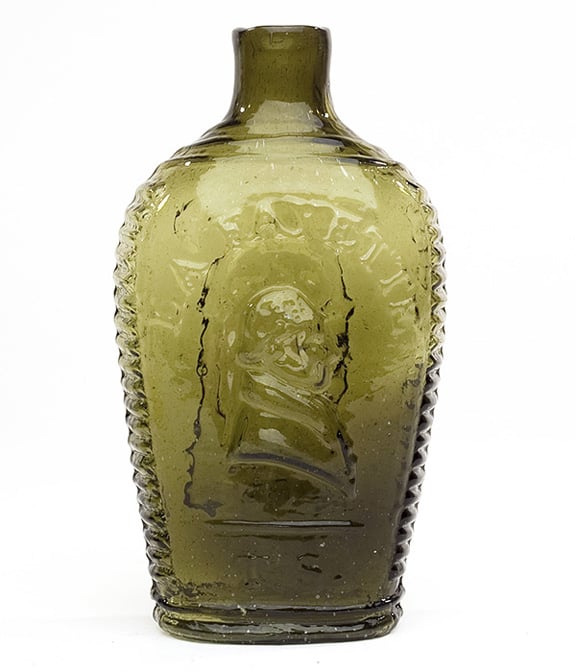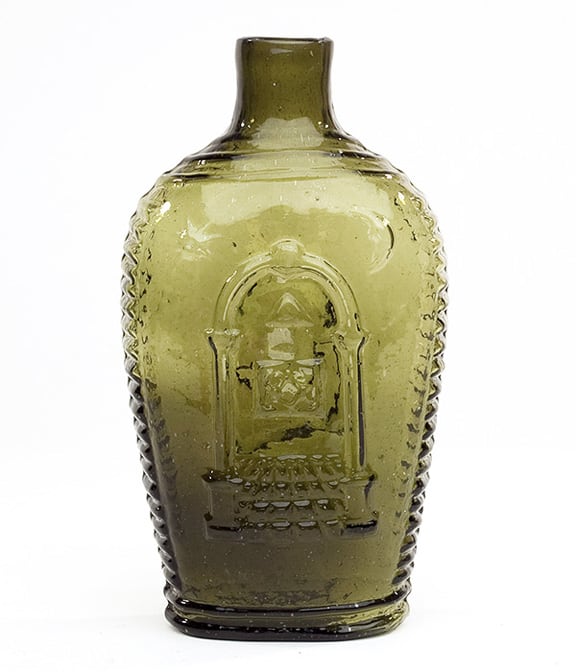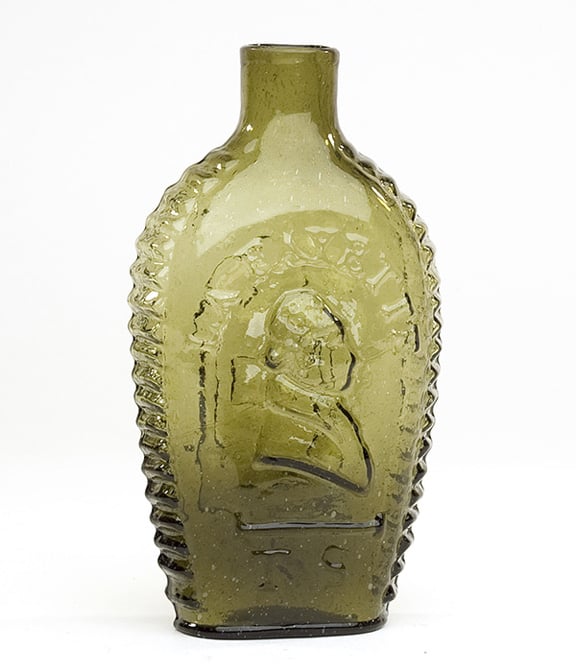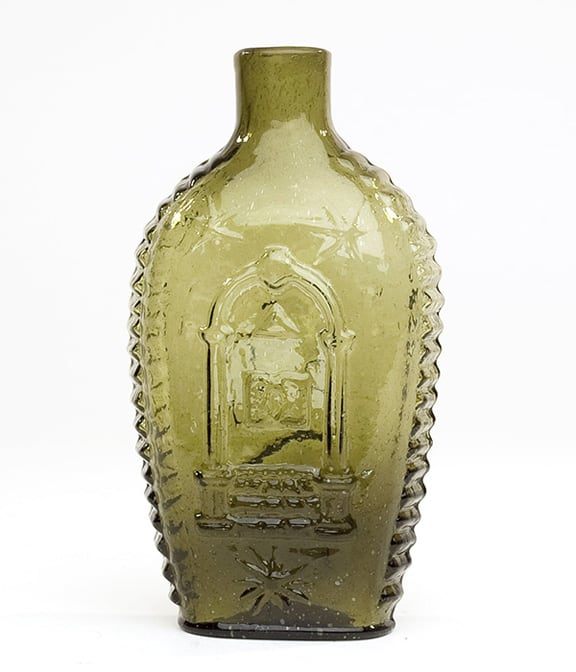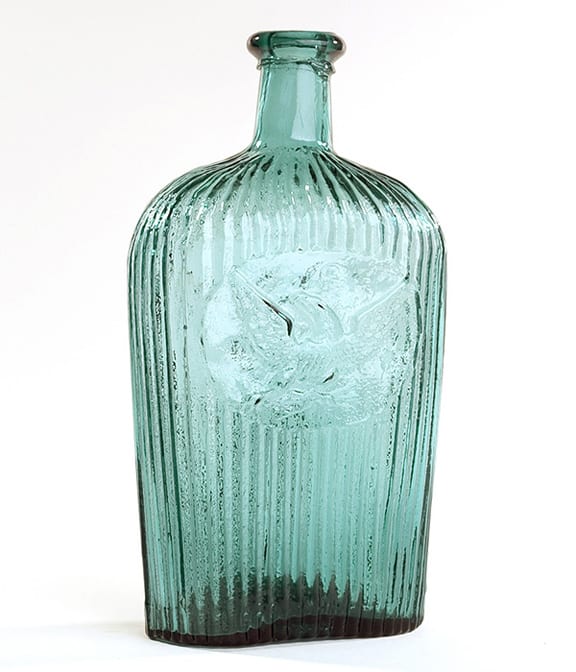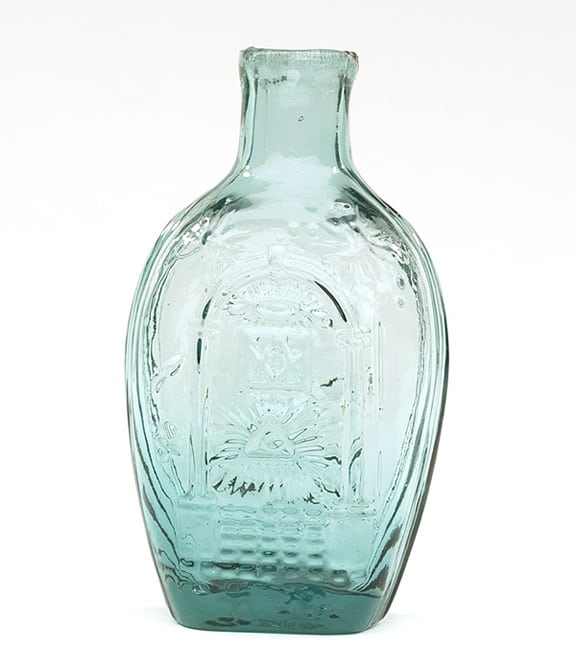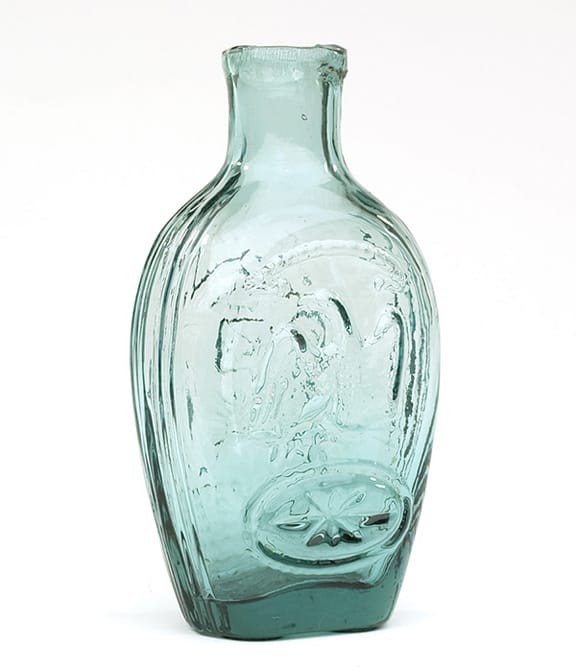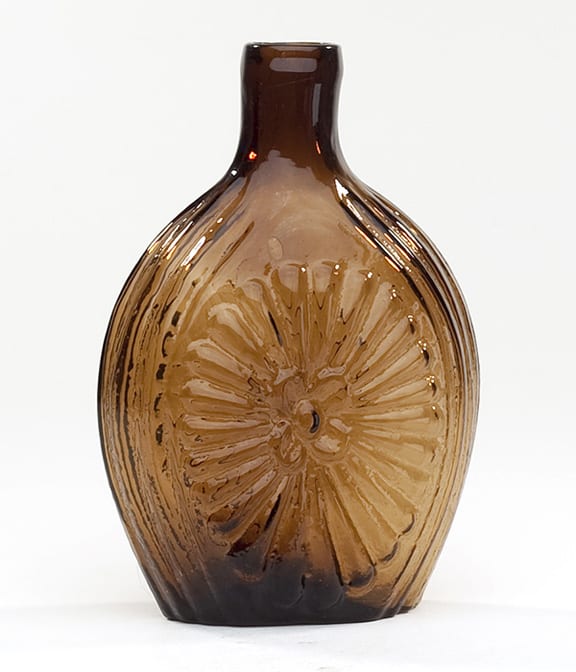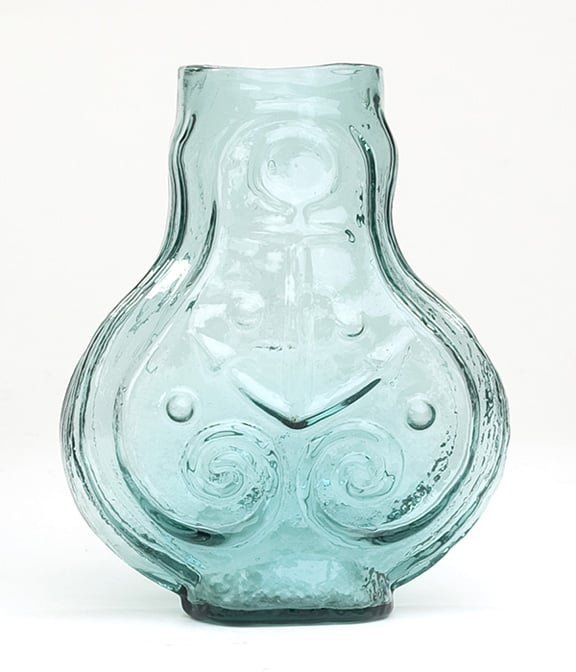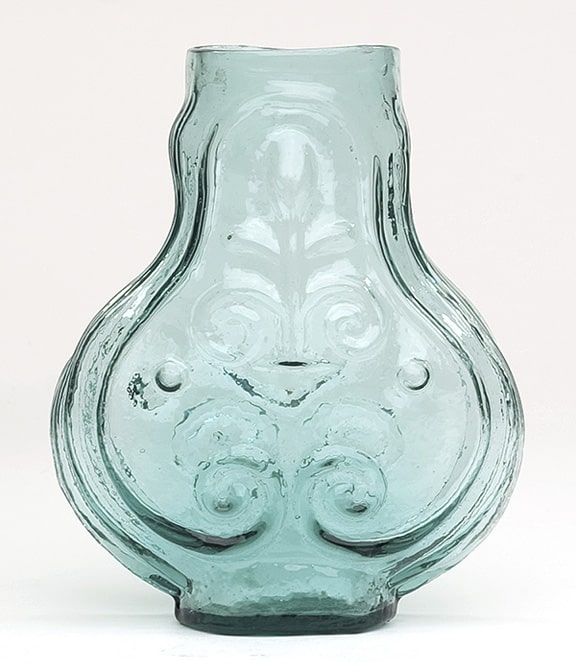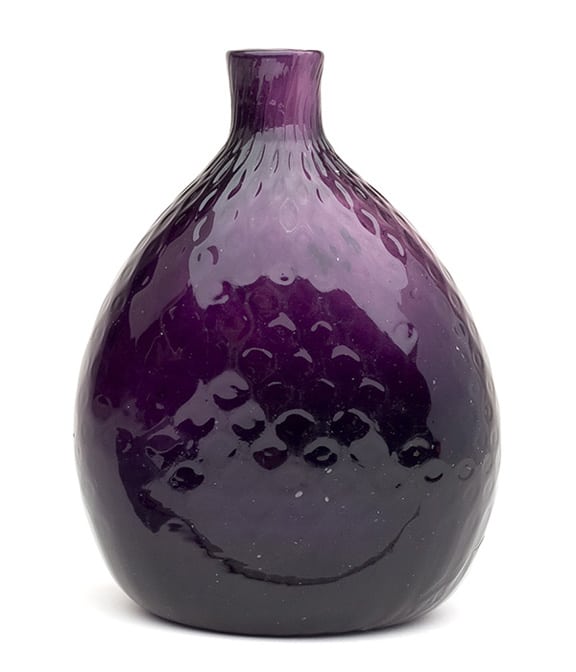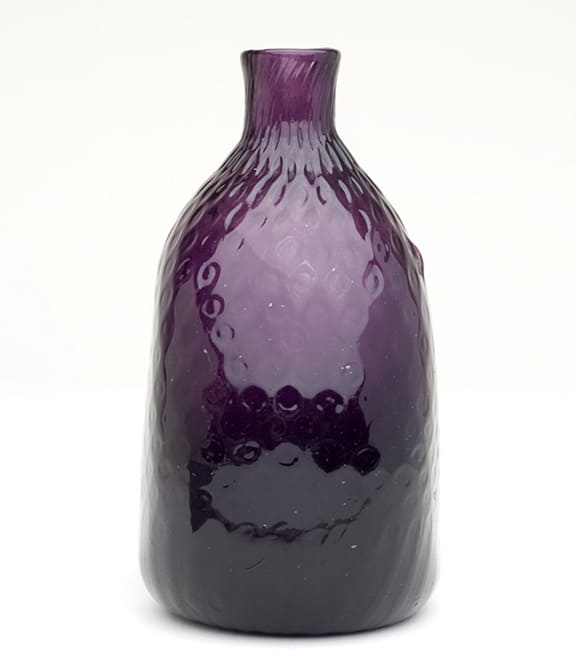American Glass Gallery | Auction #9
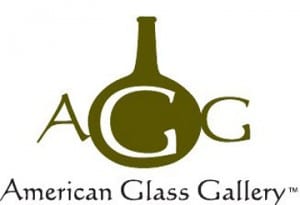 Just getting a notification today that American Glass Gallery has opened the Internet portal for their exciting Auction #9. I was also able to closely look at the auction catalog during my 3+ hour flight from Houston to LA Wednesday evening. Of course I always check the Bitters bottles out first and then I slowly start at Lot #1 and work my way through the catalog. Typically I am looking for stand-out bottles that deserve special attention. In this case I have circled the following Historical Flasks that are all exceptional with a long lineage of provenance. It is also interesting to note that Denver collector extraordinaire, Sandor Fuss, is moving some of his historical flasks. This can only mean that he is making room for other bottles of a higher degree of importance to him which is another story in itself. Stay tuned.
Just getting a notification today that American Glass Gallery has opened the Internet portal for their exciting Auction #9. I was also able to closely look at the auction catalog during my 3+ hour flight from Houston to LA Wednesday evening. Of course I always check the Bitters bottles out first and then I slowly start at Lot #1 and work my way through the catalog. Typically I am looking for stand-out bottles that deserve special attention. In this case I have circled the following Historical Flasks that are all exceptional with a long lineage of provenance. It is also interesting to note that Denver collector extraordinaire, Sandor Fuss, is moving some of his historical flasks. This can only mean that he is making room for other bottles of a higher degree of importance to him which is another story in itself. Stay tuned.
I would also like to congratulate John Pastor on another great auction catelogue and photography. Great job! Visit Auction
H I S T O R I C A L F L A S K S
“Lafayette” / Bust of Lafayette / “T.S.”
Masonic Historical Flask, Coventry Glass Works, Coventry, Connecticut, 1824 – 1826. Bright, clear medium olive, sheared mouth – blowpipe pontil scar, pint, virtually attic mint; (just a faint touch of very light high point wear, otherwise pristine). GI-83. Outstanding clarity and color. Certainly one of the finest possible examples of this rare and desirable mold. Provenance: Ex. Paul Richards, Jeff Noordsy, Sandor Fuss collections.
Note: in discussions with Mark Vuono about the various Lafayette flasks, Mark indicated that this mold, the GI-83, is actually a more difficult mold to acquire that the ½ pint 84 mold.
“Lafayette” / Bust of Lafayette / “T.S.”
Masonic Historical Flask, Coventry Glass Works, Coventry, Connecticut, 1824 – 1826. Bright, clear medium olive, sheared mouth – pontil scar, ½ pint, virtually pristine perfect; (two tiny, onionskin-thin open bubbles at corrugated edge, otherwise “out-of-the-mold” perfect). GI-84. Extremely rare. A bright, bubbly, exceptional example with a very strong impression, as nice as one could hope to find without even a trace of high point wear! Provenance: Ex. Blaske, Spiller, Noordsy and Fuss collections.
Eagle – Eagle Historical Flask
Louisville Glassworks, Louisville, Kentucky, 1855 – 1860. Brilliant medium to deep blue green, more of a bluish or teal tone than most, applied ring type collared mouth with lower bevel – large blowpipe pontil scar, Qt; (other than a tiny, less than pinhead bit of roughness on one of the heavy vertical ribs, it is absolutely “out of the mold” pristine perfect). GII-31. Exceptional condition, color and clarity. Provenance: Sandor Fuss collection.
Masonic – Eagle Historical Flask
Probably Keene Marlboro Street Glassworks, Keene, NH, 1817 – 1830. Rich, very deep aquamarine, sheared mouth – pontil scar, ½ pint, sparking attic mint! An unlisted mold having 29 bricks as on the GIV-13a, but with an 8-pointed star similar to GIV-14. An absolutely “finest possible example” with a strong impression, wonderful density of color and “out of the mold” sparking condition. Provenance: Ex. George McKearin, Sandor Fuss collections.
Sunburst Flask
Probably Baltimore Glass Works, Baltimore, Maryland, 1820 – 1830. Clear light to medium copper coloration, sheared mouth – blowpipe pontil scar, ½ pint, perfect. GVIII-25. This scarce little sunburst flask is truly a gem with gorgeous color and clarity, nice light density, and outstanding condition! This mold is extremely rare in the lighter tones and certainly as nice as they come! Provenance: Ex. Terry Gillis, Sandor Fuss collections.
Anchor – Fleur-de-lis Wide Mouth Scroll Flask
Probably John Robinson & Son Glass Manufacturers, Pittsburgh, Pennsylvania, 1830 – 1834. Aquamarine, sheared, tooled and expanded wide mouth – blowpipe pontil scar, ½ pint, perfect! GIX-41. A very scarce, early and attractive mold to begin with, this example was fashioned by the glassblower into a jar, possibly for snuff. A great rarity and one of only a handful of documented or known flasks that have been made into whimseys or jars.
Note: this example is likely one of the earliest of the various Scroll Flask molds and as mentioned, in a unique class with only a handful of other known flasks that were made into snuff jars or whimseys.
Pattern Molded Pocket Flask
28 ogival diamonds or “honeycomb pattern” over flutes, probably Stiegel’s American Flint Glass Manufactory, Manheim, Pennsylvania, 1769 – 1774. Grape amethyst, plump horseshoe form, sheared mouth – pontil scar, ht. 5 1/8”, near mint; (somewhat weakened impression in lower body and some scattered light exterior high point wear). A beautiful, vivid color, classic form and pattern (see, Glass in Early America, Arlene Palmer, #353).

